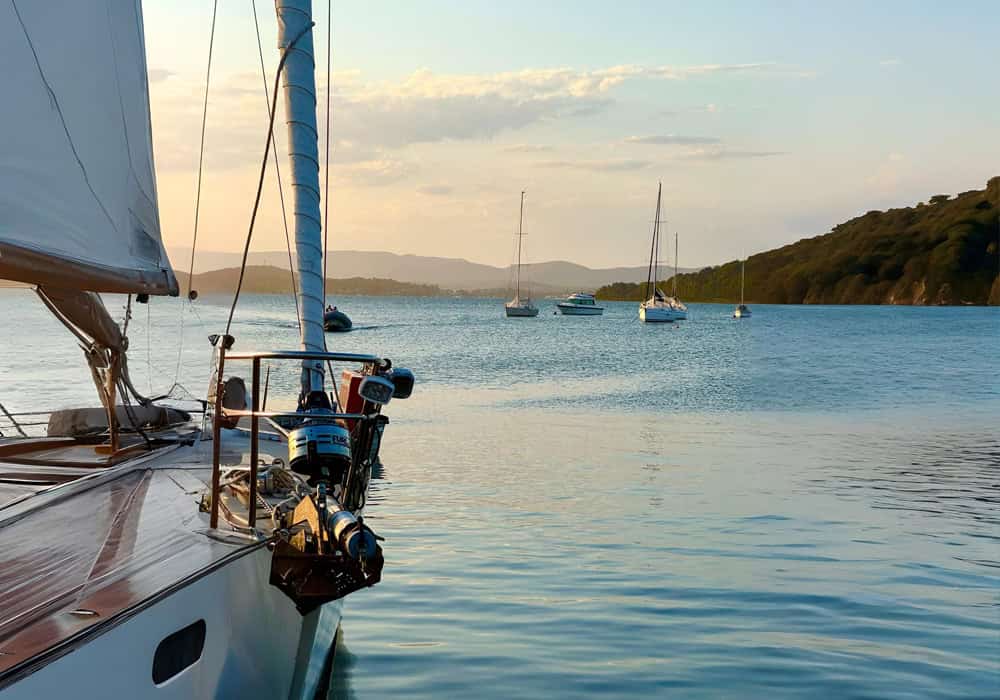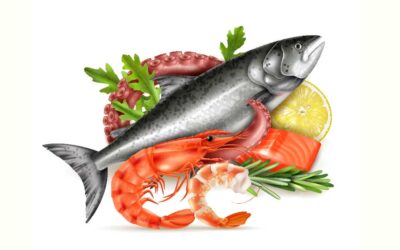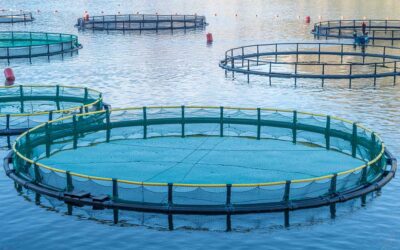Introduction
Sustainability in seafood is not just a trend—it is a legal requirement in many countries. For women running seafood businesses, understanding these eco-friendly regulations is key to staying competitive and legal. This article helps explain how sustainability laws work and how women entrepreneurs can meet them.
What Are Sustainability Regulations
Sustainability regulations are laws that protect the environment, natural resources, and future seafood supplies. These rules apply to fishing, aquaculture, processing, and export businesses.
They cover areas such as:
- Limits on how much fish can be caught
- Where and when fishing or farming can happen
- How waste and pollution are managed
- What types of equipment can be used
- How businesses report and trace their activities
Why These Regulations Exist
Governments and international groups want to stop overfishing, protect ecosystems, and ensure seafood is safe and available for the future.
These rules help:
- Keep fish populations healthy
- Reduce damage to the environment
- Make seafood businesses more stable
- Support fair access to seafood for all communities
Types of Environmental Rules to Know
Women in seafood businesses need to be aware of several types of sustainability-related regulations.
These include:
- Environmental licenses for fish farms or processing sites
- Waste management and water discharge permits
- Restrictions on chemicals, antibiotics, or plastics
- Laws on protecting marine life, habitats, or endangered species
- Energy use or emissions reporting rules
- Climate-related planning requirements
Who Makes and Enforces the Rules
Depending on the country, different groups may be responsible for creating and enforcing sustainability regulations.
These include:
- National environmental and fisheries ministries
- Local government or coastal authorities
- International trade agreements or certification bodies
- Export destination countries with their own eco-rules
What Happens If You Break the Rules
Failing to follow sustainability laws can bring penalties, damage your business, or even lead to closure.
Possible consequences include:
- Fines and legal action
- Product recalls or export bans
- Loss of licenses or farm permits
- Rejection from eco-conscious buyers
Practical Steps for Compliance
Women seafood entrepreneurs can follow a few simple steps to meet sustainability laws and lower their risk.
Steps include:
- Learn about the key environmental rules in your area
- Register your business and licenses properly
- Monitor and record waste, feed, medicine, and production data
- Get advice from local authorities or associations
- Use suppliers who meet sustainability rules
Using Certifications as a Compliance Tool
Eco-certification programs are one way to meet legal and market sustainability standards at the same time.
Benefits include:
- Easy proof of legal compliance for buyers
- Structured systems for environmental monitoring
- Better access to export markets and investors
It’s important to research which certification fits your product, location, and buyers.
How Women Can Get Support
There are many ways women can get help with sustainability and legal issues.
Helpful resources include:
- Women in fisheries or aquaculture networks
- Government programs for small business compliance
- Training from industry associations or NGOs
- Peer learning and experience sharing
- Support from certification bodies or consultants
Success Story: Eco-Friendly Mussel Farming
In Tasmania, a woman-led mussel farm switched to biodegradable ropes and improved its waste system. She worked with a local university and earned MSC certification. The changes helped her meet state regulations and win new contracts in Europe.
Conclusion
Women seafood entrepreneurs have the power to lead the way in sustainable business. By understanding and following eco-friendly laws, they can protect the environment and grow their businesses. Legal compliance is not a barrier—it is a pathway to success in the modern seafood world.
Now here’s the third article.
Article 3: Workplace Compliance and Safety: What Women Leading Seafood Businesses Need to Consider
Introduction
Running a seafood business means managing people, equipment, and food—all of which involve risks. Workplace safety and legal compliance are essential, especially in aquaculture, seafood processing, and export businesses. Women leaders in the seafood industry need to know the basic rules to protect their workers, their customers, and their business.
Why Workplace Compliance Matters
Compliance with safety and employment laws is important for several reasons.
It helps:
- Keep workers safe and healthy
- Avoid legal problems and fines
- Build trust with customers and partners
- Meet certification or export requirements
- Create a positive and fair work environment
Key Areas of Workplace Law
There are many different rules that seafood businesses must follow.
Main areas include:
- Occupational health and safety (OHS) regulations
- Food safety standards
- Employment laws and contracts
- Anti-discrimination and harassment laws
- Worker insurance and injury reporting
- Workplace training and supervision
What Women Business Owners Need to Do
Leading a safe and legal workplace means taking clear steps and creating good systems.
Important actions include:
- Registering the business and employer obligations
- Providing protective equipment and safe tools
- Keeping the workplace clean and hazard-free
- Offering regular training and supervision
- Creating clear roles and job descriptions
- Recording incidents and fixing problems quickly
Understanding Food Safety
Seafood must be handled safely to prevent illness. Businesses need to meet national and export food safety rules.
Steps to follow:
- Store seafood at safe temperatures
- Prevent cross-contamination
- Keep processing and transport areas clean
- Train workers in hygiene and safe handling
- Keep records of cleaning and inspections
Food safety is often checked by local authorities or certification auditors.
Employment Rules for Women to Know
When hiring workers, it’s important to understand employee rights and legal requirements.
These include:
- Fair pay and working hours
- Safe and respectful workplace
- Contracts or agreements in writing
- Paid leave and entitlements
- Equal treatment regardless of gender, age, or background
These rules protect both the employee and the employer.
Workplace Safety in Aquaculture and Processing
Seafood work can involve sharp tools, heavy lifting, cold environments, and long hours. Female-led businesses must ensure all workers, including family or part-time staff, are kept safe.
Safety steps include:
- Risk assessments and safety plans
- Emergency drills and clear exit signs
- First aid kits and trained responders
- Supervision of machinery use
- Reporting and reviewing accidents
Regular safety checks help spot and fix problems early.
Common Mistakes and How to Avoid Them
Some business owners ignore small issues that later become big problems.
Mistakes to avoid:
- Skipping safety training for new staff
- Not updating risk assessments
- Not keeping written records
- Hiring workers without proper documentation
- Ignoring harassment or unsafe behaviour
Planning and good systems prevent these problems.
Resources for Help
Women in seafood can get help and information from:
- Government small business and safety agencies
- Seafood industry groups
- Free templates and checklists online
- Legal aid services or community law centres
- Business mentors or support networks
Asking for help is a strength, not a weakness.
Conclusion
Workplace compliance and safety are key to running a successful and respected seafood business. Women leaders can set strong standards by staying informed, training their teams, and following the rules. A safe workplace protects your people—and your future




